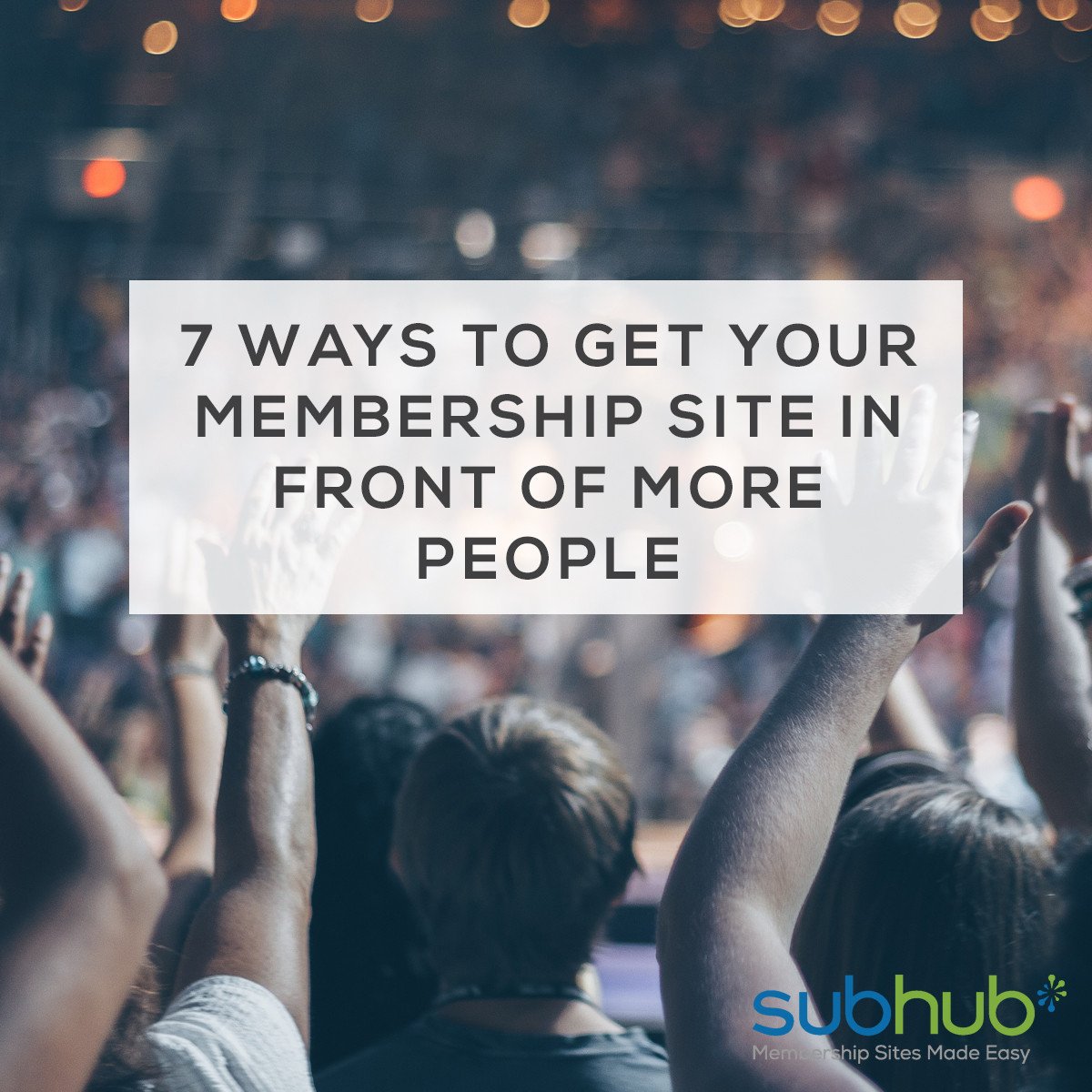 As a membership site owner wanting to earn revenue from your content, it's important that your Internet strategy focuses strongly on delivering your content to the maximum number of eyeballs. In this age of social media and with the dominance of sites such as Facebook and Twitter, building a community around your website has grown to become one of the most important ways to drive traffic and keep visitors coming back time and time again.
By engaging with users via the use of comments, forums, polls and multimedia you can increase exposure and the loyalty of your visitors.
Here are some tips that will come in handy in driving visitors to your community:
As a membership site owner wanting to earn revenue from your content, it's important that your Internet strategy focuses strongly on delivering your content to the maximum number of eyeballs. In this age of social media and with the dominance of sites such as Facebook and Twitter, building a community around your website has grown to become one of the most important ways to drive traffic and keep visitors coming back time and time again.
By engaging with users via the use of comments, forums, polls and multimedia you can increase exposure and the loyalty of your visitors.
Here are some tips that will come in handy in driving visitors to your community:
Membership Strategy
7 Ways to Get Your Membership Site in Front of More People
By Guest Blogger
May 29, 2018
 As a membership site owner wanting to earn revenue from your content, it's important that your Internet strategy focuses strongly on delivering your content to the maximum number of eyeballs. In this age of social media and with the dominance of sites such as Facebook and Twitter, building a community around your website has grown to become one of the most important ways to drive traffic and keep visitors coming back time and time again.
By engaging with users via the use of comments, forums, polls and multimedia you can increase exposure and the loyalty of your visitors.
Here are some tips that will come in handy in driving visitors to your community:
As a membership site owner wanting to earn revenue from your content, it's important that your Internet strategy focuses strongly on delivering your content to the maximum number of eyeballs. In this age of social media and with the dominance of sites such as Facebook and Twitter, building a community around your website has grown to become one of the most important ways to drive traffic and keep visitors coming back time and time again.
By engaging with users via the use of comments, forums, polls and multimedia you can increase exposure and the loyalty of your visitors.
Here are some tips that will come in handy in driving visitors to your community:
Hire our design service
Ready to transform your knowledge into an online business with a membership website but don’t have the time or skill to build it yourself? Our design service could be the solution.


